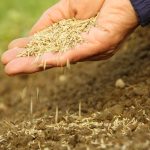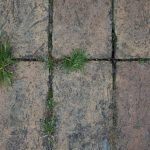If you’ve just overseeded your lawn, or you’re seeding a new lawn, you might be wondering how to prevent birds from eating the grass seeds.
In this guide, we’ve explained five ways to prevent birds from eating grass seeds, in order of how effective they are.
For each method, we’ve explained how to do it, as well as its pros and cons.
How to stop birds eating grass seed
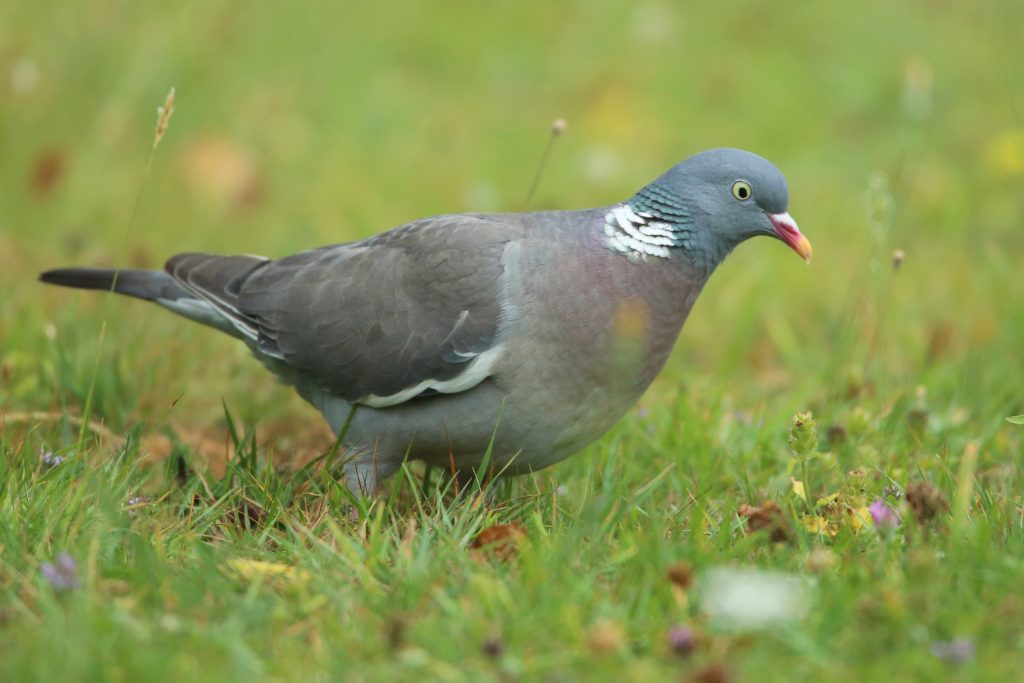
Below, we’ve explained five ways you can prevent birds such as pigeons from eating grass seeds.
1. Lay down burlap sheets
Many people recommend that you lay straw on the ground to prevent birds from eating your grass seed.
There are a number of problems with doing this – the straw blows away in the wind, and is very difficult to pick up once the grass has started sprouting.
Instead, lay burlap sheets over the seeds. This material lets in moisture and light, allowing the seeds to grow. And unlike straw, it’s very easy to lift off your lawn when the seeds have finished sprouting.
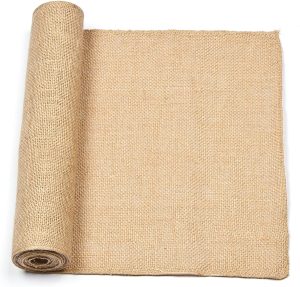
View on Amazon
Leave the burlap in place for about a week, or until the seeds have begun to start growing properly. Ensure to water them thoroughly through the burlap sheets, and pin down the burlap with garden stakes or U-pins, to prevent it from being dislodged by the wind.
2. Put netting over the seeding area

If you’re worried that burlap sheets won’t let enough light through, you can also put a net over your lawn, to prevent birds from eating the seeds you’ve sown.
You want quite a fine netting, with squares less than a square inch in size, to prevent small birds from trying to sneak through the holes. String it up at least six inches off the ground, to prevent birds’ beaks from reaching through it.
The advantage of using netting is it’s relatively easy to do, and won’t prevent sunlight or moisture from reaching the lawn. However, it can be a bit tricky when used over large areas, and it’s not the best if you have an unusual-shaped lawn.
3. Scare away birds
Birds are quite easily frightened away, provided you choose the right thing to scare them with, and you ensure that your deterrent(s) can be seen from all sides of your lawn.
To scare away birds, you can use:
- Fake owls
- A scarecrow
- Pinwheels
- Balloons, especially metallic-looking ones, and especially helium balloons that can float on a string over your lawn (you can put a long wooden stake in the ground to create something to tie them to)
- CDs
It’s generally a good idea to have one deterrent for every four square metres of lawn. This will ensure that even the most short-sighted birds will be scared away.
Setting up deterrents to scare away birds is a good choice if using nets or burlap sheets would be tricky, given the size or shape of your lawn, or how you’ve overseeded it. However, it’s not a guaranteed method – some birds are more deterred by different types of objects than others, meaning that depending on the method you choose, you might have one or two birds who choose to ignore it.
4. Create a loud environment
Apart from shiny or metallic objects, birds also hate noise.
To keep birds off your lawn when you’ve planted seeds, you can make your garden a bit noisier.
One of the easiest ways to do this is to string up some wind chimes. However, you’re relying on having a constant breeze for this to work consistently.
You can also play noises, such as the cries of prey birds, to keep birds off your lawn. You can use a Bluetooth speaker for this, or buy a specialised bird repeller device.
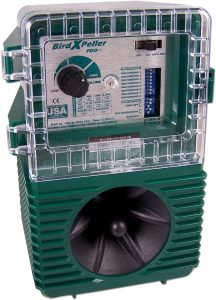
View on Amazon
Playing the right sound in the right place and at the right volume is a process of trial and error. You might need to do a few different things before succeeding in keeping the birds away.
5. Use mylar (metallic) tape

View on Amazon
Mylar tape is a type of tape that has a metallic reflective surface. It’s quite good at keeping birds away, when used in the right places.
You can even buy metallic tape designed specifically to scare away birds – it’s sold in strips, rather than as tape with a sticky surface. This allows you to hang it off the side of a building or on a pole in the ground, rather than having to stick it to something.
The key to using mylar tape is ensuring it is somewhere that catches the sunlight, and allowing it to move in the breeze. Therefore, it’s better to use the non-adhesive tape designed specifically for scaring away birds, rather than taping it onto something, if possible.
Can you buy bird-resistant grass seeds?
Some types of grass seed are advertised as bird-resistant. For example, you might see some brands add a protective coating to their grass seeds, which they say will stop birds from eating them.
In practice, this never works 100% of the time. You might find that some of these seed varieties are a bit less prone to being eaten, but you can’t rely on buying these types of seeds to prevent birds eating them.
How long do I need to keep my bird deterrent in place?
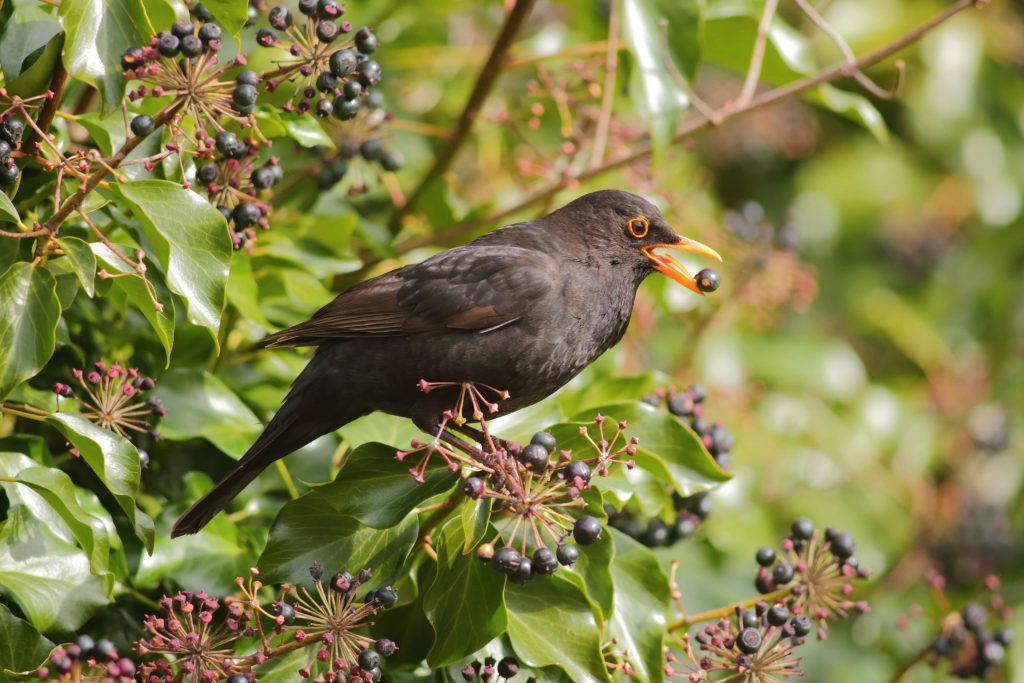
Once your grass seeds are deep in the soil, and they have started sprouting properly, birds won’t usually pay them much attention.
Therefore, you don’t need to keep your bird deterrent in place for too long, if you don’t want to. If your seeds begin to grow at a normal rate, leaving them for 1-2 weeks should be plenty of time for the seeds to become bird-proof.
Of course, if you’re using a visual deterrent rather than burlap or netting, then you can always leave it in place for longer, to ensure that every last seed has the chance to grow.
If birds eat some of my grass seeds, will grass still grow?
If birds eat your grass seeds after you’ve just scattered them, this will significantly reduce the amount of grass that grows, even if they don’t eat all the seeds.
Depending on the age of your seed bag, a certain proportion of the seeds you plant won’t grow. If birds eat even just 20% of the seeds, you’ll be left with bare patches.
Birds are quite determined creatures, and once they’ve found a good food source, they won’t stop until nearly all of the grass seeds have been eaten. This is why it’s best to set up some sort of deterrence immediately after seeding your lawn.
What types of birds eat grass seeds?
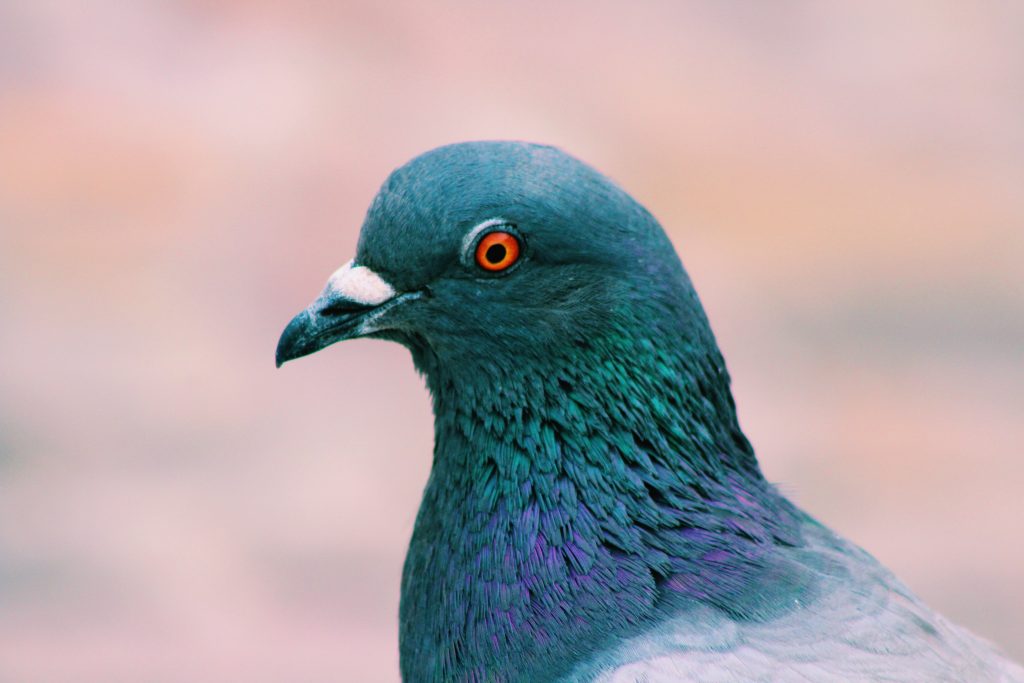
Nearly all of the birds you’ll find in your garden are granivorous, meaning they will eat grass seeds.
It’s common to see pigeons, finches, sparrows, and blackbirds eating grass seeds. Fortunately, each bird species can be deterred using the same methods we’ve explained in this guide.

I’m Josh, and I’m the head writer at Lawn Care Pro.
I love everything lawns, but I’m a bit of a lawn mower nerd. I spend a lot of my free time tinkering with mowers, and planning my mowing schedule for the next few weeks.
I’m also into cars, which comes in very helpful when servicing a mower engine!


